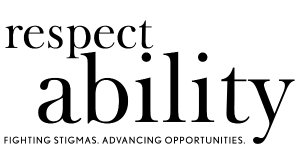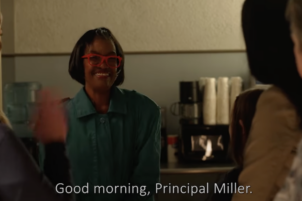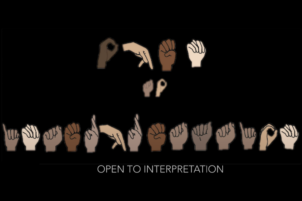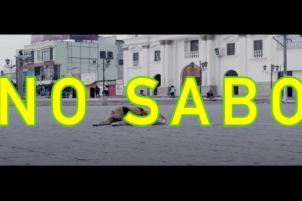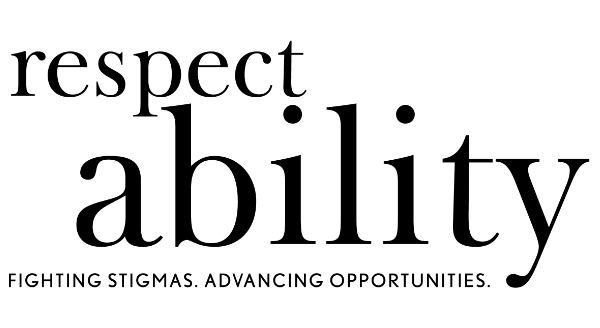Los Angeles, April 28 – A new Annenberg Inclusion Initiative Report examining Netflix’s U.S. original, live-action, fictional series and films is changing the landscape in the entire entertainment industry. This report, which is the second in a series, looks across Netflix films and series in 2020 and 2021 and follows the inaugural collaboration from 2021 that included findings on movies and episodic content from 2018 and 2019. While most studies solely focus on representation of race and gender, a very important aspect to note is the study’s in-depth review of disability representation on screen. Since so few reports include disability, it is commendable that Netflix was intentional about the inclusion of disability.
The sample included a total of 546 fictional narratives (249 fictional films, 297 series) between 2018 – 2021. Only 4.2% of those in 2021 featured leads / co-leads with a disability. Unfortunately, these numbers do not come close to representing the 27.2% of people in the U.S. having a disability per the U.S. census. While the stats show that more work needs to be done, the mere fact that this study has published this data shows Netflix’s desire to be fully inclusive.
While the report shows that Netflix has increasingly improved its diversity in many areas in front of and behind the camera, representation of people with disabilities has slid back from 2019. When examining the data further, the biggest decline is in Netflix movies. In 2021, 7.7% of Netflix films had a lead or co-lead with a disability, compared with 15.8% in 2019 (and 8.7% in 2018).
No series in 2021 had a lead/co-lead with a disability (i.e., a series in which 26% or more of series regulars were shown with a disability). This was the same as in 2018.
Among main cast in both film and series, there has been no statistical change between 2018 (4.4%) and 2021 (1.8%). In 2021, 1.6% of the main cast in film and 2% in series have a disability. Looking to the broader entertainment industry, GLAAD reports that 2.8% of series regular characters in primetime broadcast were shown with a disability in the 2021-22 season. This was down from a record high of 3.5% during the 2020-2021 season and shows that Netflix’s general drop of series regulars and main cast is in line with the rest of the entertainment industry.
Among all speaking characters in films and series, just 1.1% of all speaking characters are disabled. This is on par with 2018 (1.9%).
Per the report, “characters with disabilities were invisible in nearly three-quarters (72%) of films and series in 2021, which was an increase from 2018 (55.7%). By format, 75.4% of Netflix movies were without a character with a disability, significantly more than 2018 (66.7%). In series, two-thirds (67.9%) of series did not have a speaking role for a character with a disability, a jump from 2018 (46.2%).”
“I think this area is a huge growth opportunity for us and for the industry overall,” Chief Content Officer Bela Bajaria was quoted as saying the Los Angeles Times, adding that Netflix’s partnerships with groups like RespectAbility and Easterseals has helped connect creators with more knowledge about people with disabilities.
Timed with the release, Netflix also shared more about its Fund for Creative Equity, which has supported more than 4,500 creatives around the world – including 15 disabled creatives who participated in RespectAbility’s Children’s Content Lab last fall. Programs like these are being funded to improve this representation, both in front of and behind the camera.
“I am so glad that I was accepted into the RespectAbility NYC Children’s Content Lab because I was able to find a community of other disabled creatives who care about the same kind of storytelling as me,” said Asha Chai-Chang, Participant in the RespectAbility NYC Children’s Content Lab, in the Netflix report. “I also had the opportunity to learn from seasoned professionals, and working with multiple mentors helped me recognize my own voice as a writer and pick up new skills, including writing for different age groups. Meeting industry professionals and talent through this program has also led to collaborations and recommendations for future jobs, such as being considered for writers’ rooms. To me, that’s priceless.”
Disability inclusion is a win-win for studios – driving equity and profitability. With the market size of the extended disability community being 63%, opening the inclusion umbrella is not just the right thing to do, it also is economically smart, as the disability market is valued at more than $1 trillion, according to Nielsen.
Including characters with disabilities does not happen by accident. What we see on screen influences how we act in real life, but that is dependent on productions choosing to include individuals with disabilities in diverse and accurate portrayals. This can help to remove the stigmas that currently exist about interacting with individuals with disabilities.
While the study examines representation by gender and race behind the camera as well, there are no statistics provided for people with disabilities. Currently, no major production company or studio publicly tracks disability status for its employees and crews, so the data does not yet exist. More authentic disability stories will not be portrayed on screen until there are more people with disabilities hired in all roles behind the camera, which is why Netflix’s Fund for Creative Equity has the potential to shift these numbers for all underrepresented populations, including people with disabilities. Through both this initiative and the pledge to release a new report every two years through 2026, Netflix is setting an important bar for the entire industry for both creating change from within and throughout the entire ecosystem.
